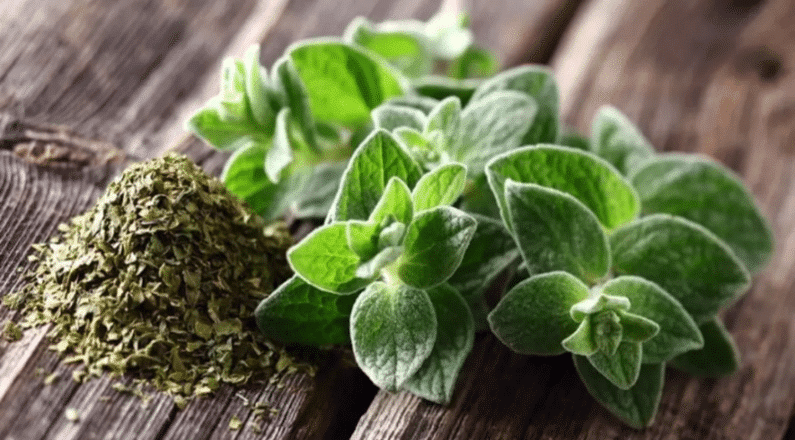Capparis spinosa, of Capparaceae Family
Morphology: The prickly caper (Latin name: Capparis spinosa) is a perennial plant with rounded, fleshy leaves and large white to pinkish-white flowers. This bushy plant has many branches, with alternate leaves, thick and glossy, round to ovate. The flowers are full, sweetly scented, and showy, with four sepals and four white to pinkish-white petals and many large violet-colored stamens and a single stigma that usually hangs well above the stamens.
Habitat and distribution: The prickly caper have been found wild in the Mediterranean, East Africa, Madagascar, South-West and Central Asia, the Himalayas, the Pacific Islands, the Indo-Himalayas and Australia. It is present in almost all the countries of the Mediterranean basin and is included in the flora of most of them, but whether it is indigenous to this area is uncertain. Although the flora of the Mediterranean region has significant endemism, the caper bush could have originated in the tropics and acclimatized later in the Mediterranean basin.
Historical facts: In ancient times it was believed that the plant has healing and magical properties. In ancient Greece, capers were used as a solvent for stomach gases. At archaeological levels, from the contexts of archaic and classical antiquity, it is represented in the form of charred seeds and rarely in the form of flowering buds and fruits. Athenaeus in the Deipnosophists places great importance on capari, as do Pliny the Elder (NH XIX, XLVIII.163) and Theophrastus. Etymologically, the caper and its relatives in several European languages can be traced back to the classical Latin “capparis”, “caper”, which in turn borrowed it from the Greek “capparis” whose origin (like that of the plant) is unknown, but possibly Asian. Another theory connects “kápparis” with the name of the island of Cyprus (Cyprus, Kýpros), where capers grow in abundance. In Biblical times, caper berries were attributed aphrodisiac properties; the Hebrew word aviyyonah (אֲבִיּוֹנָה) for caper berry is closely related to the Hebrew root avah (אבה), meaning “desire.” The word appears once in the Bible, in the book of Ecclesiastes, in verse 12:5.
Uses: The plant is known for its edible flowering buds (caper), often used as a condiment, and the fruit (caper berries), both of which are commonly eaten pickled. Other species of the Capparis genus are also collected such as C. spinosa for their edible flower buds and fruits. Other parts of the Capparis species are used in the preparation of medicines and cosmetics. Capers are used as a seasoning in various salads, in a variety of pickles and in sauces. Its taste is spicy and slightly hot; this is due to the presence of mustard oil released from the tissues of the plant. The root bark is used in the treatment of various ailments such as arthritis, rheumatism, and toothache.
Culinary Uses: The salted and flowering bud of the pickled caper (which is simply called “the caper”) is often used as a condiment or garnish. Ripe caper fruits are similarly prepared and marketed as ‘caper berries’. The flower buds, when ready to be harvested, are dark green and about the size of a fresh ear of maize (Aravositos coinos or Zea mays). They are collected, then marinated in salt or a mixture of salt and vinegar and finally drained. Capers are categorized and sold by size, defined as follows, with smaller sizes being the most desirable: non-pareil (up to 7 mm), surfines (7–8 mm), capucines (8–9 mm), capotes (9–11 mm), fines (11–13 mm) and grusas (14+ mm). If the flowering bud is not picked, it blooms and produces the caper berry. The fruit can be pickled and then offered as a Greek appetizer. Caper leaves, hard to find outside of Greece or Cyprus, are mainly used in salads and fish dishes. They are pickled or boiled and preserved in jars of brine—like flowering caper buds. Dried caper leaves, pickled or boiled, can be used as an addition to salads and are also used as a substitute for rennet in the industrial production of high-quality cheeses. Whether canned or pickled, capers consist of 84% water, 5% carbohydrates, 2% proteins and 1% fat.
Nutrition facts: Capers have a particularly high sodium content. A typical 28 gram (one ounce) serving of capers provides 6 calories and 35% of the Daily Value (DA) for sodium, with no other important nutrients. In a 100-gram serving, the sodium content is 2348 mg or 197% HA, with vitamin K (23% HA), iron (13% HA) and riboflavin (12% HA) also having appreciable levels.



















